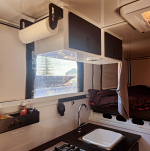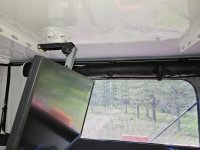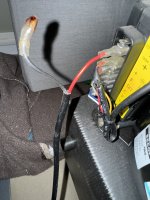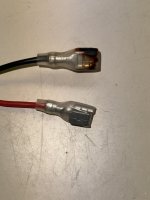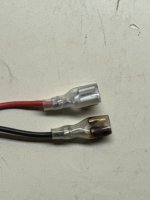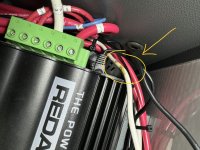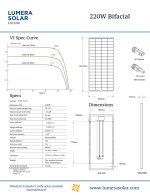HI-TEST
Fuel Monger
I am still scared to stick industrial velcro on the composit walls! Interseted to see solutions.
Thinking about a set of LoftLockers as a way to address the lack of storage in the Camp-X. However, I'm not sure how I'd mount it to the ceiling.
L-Track would be amazing, if there is a glue strong enough. Otherwise I'd have to through bolt it, which has it's own issues.

LoftLockers for Van Storage
LoftLockers hang duffels as soft cabinets for vanlife. Create overhead storage, upper cabinets, or under-bed storage in your van. Sprinter, Transit, ProMaster.aspenfrontiers.com
Does anyone have any thought/solutions

